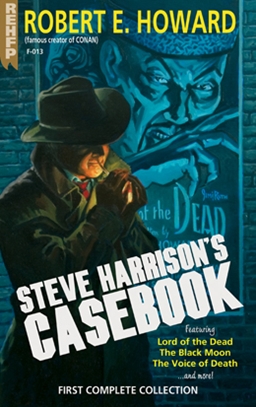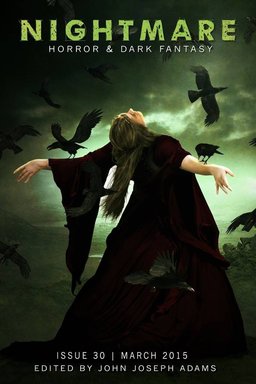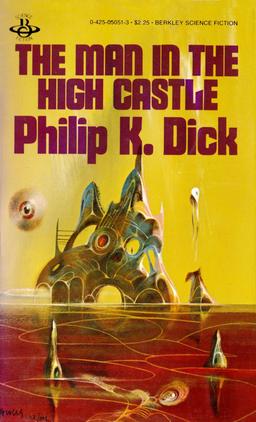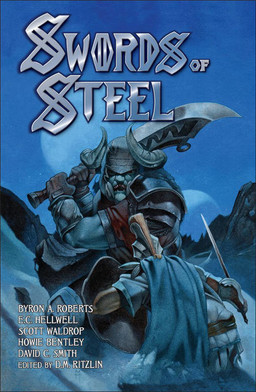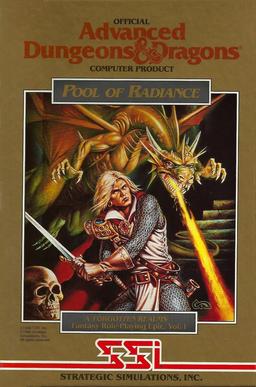February Short Story Roundup
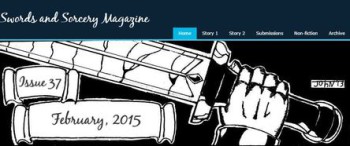 Here we are again, people. It’s that time when I let you know what’s going on in genre magazines that might possibly appeal to fans of heroic fantasy. Whatever lack of love swords & sorcery gets from the big publishers, it’s doing quite well at the short story length in the ‘zines.
Here we are again, people. It’s that time when I let you know what’s going on in genre magazines that might possibly appeal to fans of heroic fantasy. Whatever lack of love swords & sorcery gets from the big publishers, it’s doing quite well at the short story length in the ‘zines.
Swords and Sorcery Magazine Issue 37 kicks off its fourth year of publication with two decent enough stories. The first is “Old Bear and the Grey Bird” by Nathan Elwood. It’s narrated by Old Bear, a non-human native of a land increasingly dominated by human colonists. He’s almost nine feet tall, covered in thick gray fur, and two short horns rise out of his head. His people have retreated into the remote, hidden places of the land and most humans consider them legendary.
Despite his own efforts to escape interaction with humans, Old Bear feels moved to intervene when he comes across a burned and pillaged human settlement. When he spots several raiders about to kill the only survivor, a young girl, the hunter steps in to rescue her. The rest of the story is about him deciding what he should do with her.
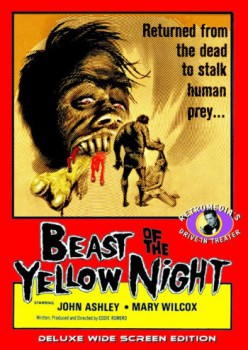

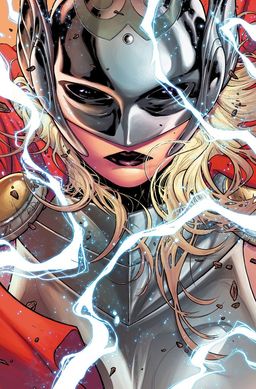
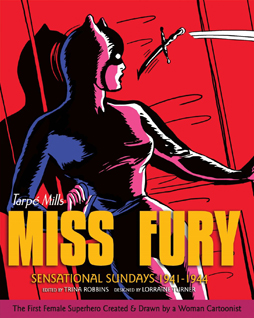 In 1941 comics artist June Tarpé Mills started a new Sunday adventure strip: Miss Fury. It would run until 1952, telling the wild and beautifully-drawn saga of a socialite who donned a magical black cat-suit to fight Nazis and criminals. In 2011 IDW’s Library of American Comics imprint published a selection of Miss Fury strips from 1944 through 1949, edited and with an introduction by comics historian Trina Robbins. Last year Robbins and IDW published a second volume, collecting the series from the start up to the beginning of the earlier collection, again featuring an introduction about Mills and her strip, and as well a brief selection of some of Mills’ earlier work. I had a chance to read the recently-published second collection, and was tremendously impressed.
In 1941 comics artist June Tarpé Mills started a new Sunday adventure strip: Miss Fury. It would run until 1952, telling the wild and beautifully-drawn saga of a socialite who donned a magical black cat-suit to fight Nazis and criminals. In 2011 IDW’s Library of American Comics imprint published a selection of Miss Fury strips from 1944 through 1949, edited and with an introduction by comics historian Trina Robbins. Last year Robbins and IDW published a second volume, collecting the series from the start up to the beginning of the earlier collection, again featuring an introduction about Mills and her strip, and as well a brief selection of some of Mills’ earlier work. I had a chance to read the recently-published second collection, and was tremendously impressed.